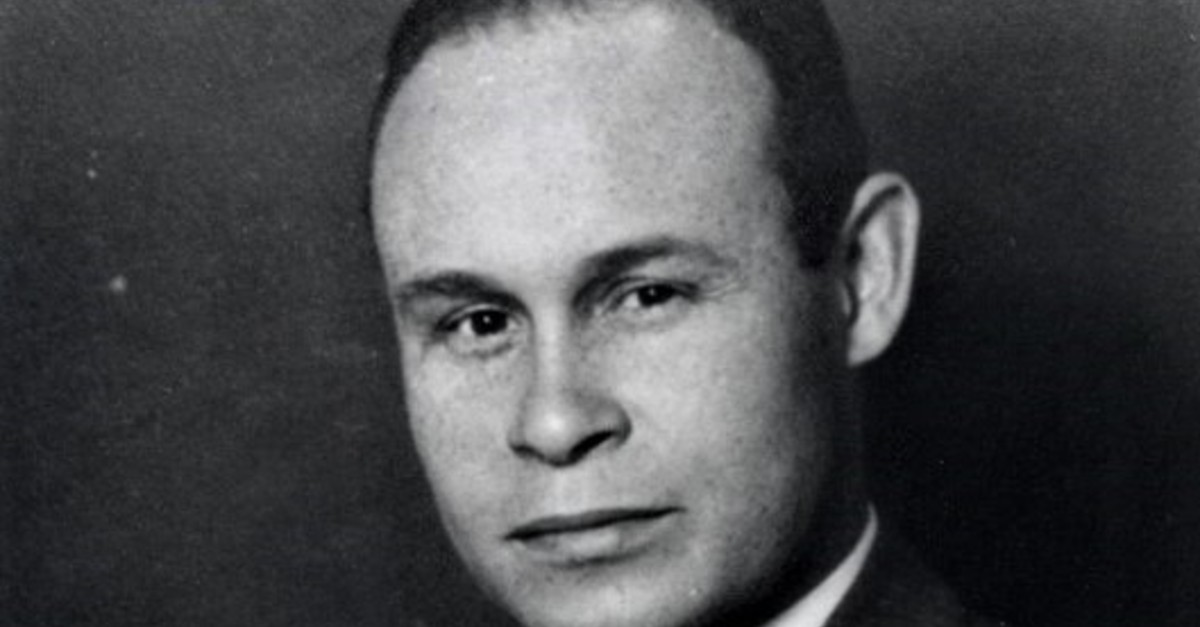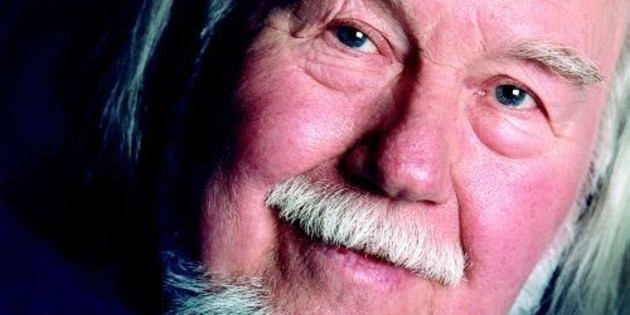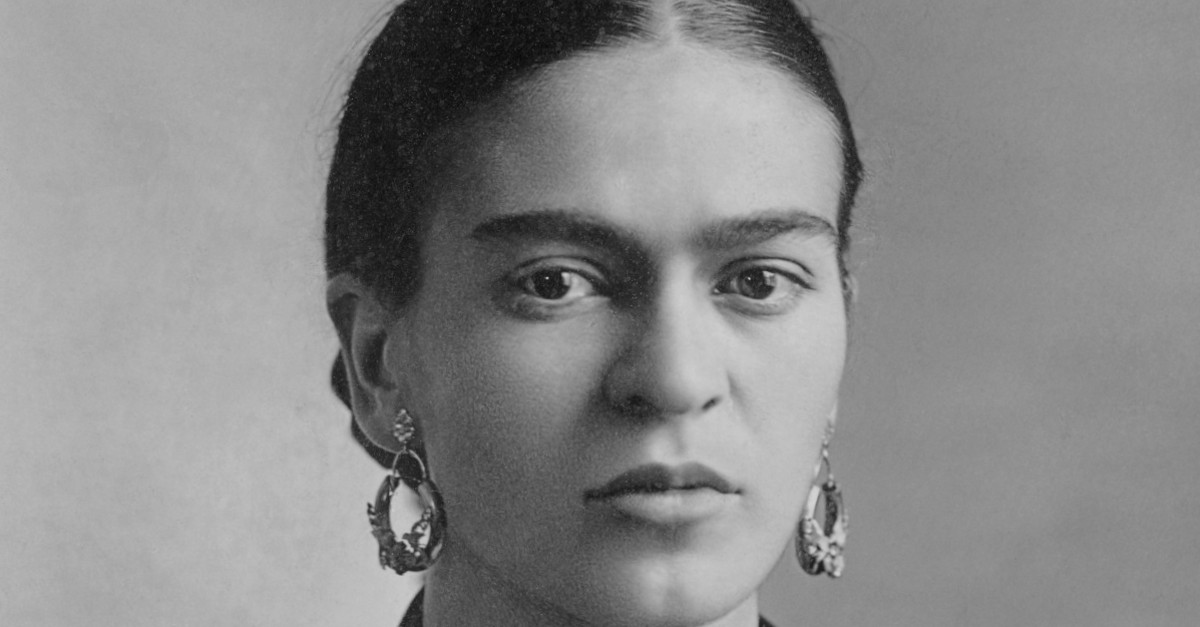Recently, someone asked me who I believed were the most important pioneers in the fields of STEAM. It’s a pretty harmless question, but this person clearly did not know who they were talking to. See, I love collecting historical heroes, they’re like baseball cards to me, and this question sent me zipping down a rabbit hole so deep I didn’t resurface for hours. I just kept discovering new historical figures who had made amazing contributions to the fields of STEAM. I was so engrossed I almost forgot to answer the question altogether!
Still, the experience did leave me wondering. Historical figures like Katherine Johnson and C.S. Lewis can be a great source of inspiration for our students. They show a kid with a passion for science or a love of the arts what they can truly aspire to. So, who are the STEAM pioneers your students should know? Here are just a few fascinating individuals to help encourage your students!
Science: Dr. Charles Drew
Dr. Charles Drew was an African American surgeon who revolutionized the field of blood transfusion. Drew discovered that plasma (the liquid portion of blood without cells) lasts much longer than whole blood, meaning it could be stored for long periods of time. His research helped pave the way for modern blood banks, and even played a crucial role in WWII, since battlefield blood storage and transfusions didn’t exist before he was asked to manage the process during the war.
Technology: Ada Lovelace
Augusta Ada King, Countess of Lovelace, was an English writer and mathematician who helped set the foundation for modern computing. Long before the first computer was invented, Lovelace realized that machines were capable of much more than simply crunching numbers. She wrote and published the first algorithm intended to be carried out by such a machine, and her work is often cited today when examining how individuals and society relate to technology as a collaborative tool.
Engineering: Nils Bohlin
Nils Bohlin was a Swedish mechanical engineer and inventor who created the three-point seatbelt, arguably one of the most life-saving devices in all of history. Before this, only two-point lap belts were available in commercial automobiles. Bohlin’s invention helped reduce the impact on drivers and prevented the internal injuries which were often caused by two-belt collisions. Best of all, he made the seatbelt available to car manufacturers for free. Today, this crucial safety device is included in every new car!
Arts: Frida Kahlo
Mexican artist Frida Kahlo is recognized worldwide for her deeply personal and thematic artwork. Though initially overlooked for much of her early career, Kahlo became famous for her many self-portraits, as well as her paintings of nature. Kahlo was fiercely proud of her Mexican identity and would often incorporate Mexican artifacts, clothing, and symbols into her paintings. She remains a celebrated figure in the world of art, especially for her contributions to the Surrealist movement.
Mathematics: Srinivasa Ramanujan
During the 20th Century, Srinivasa Ramanujan shocked the English mathematical establishment with his knowledge of additive number theory. Born in India, Ramanujan had almost no formal training in mathematics, but was able to secure connections at the University of Cambridge which allowed him to further his research. Ramanujan would go on to make substantial contributions to the fields of number theory, continued fractions, and mathematical analysis, even going so far as providing solutions to mathematical problems that were considered unsolvable!
We hope you are all staying healthy and safe during this difficult time. For more free educational resources simply follow this link. If you enjoyed this blog post, don’t forget to subscribe!





